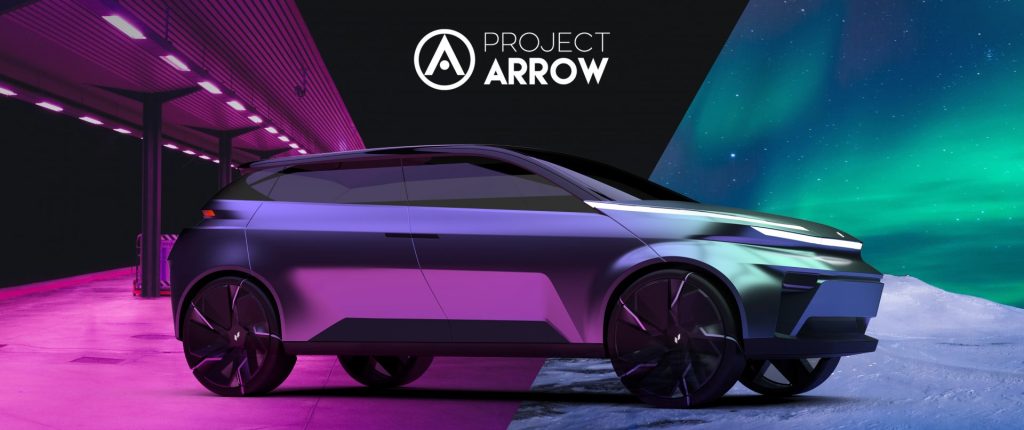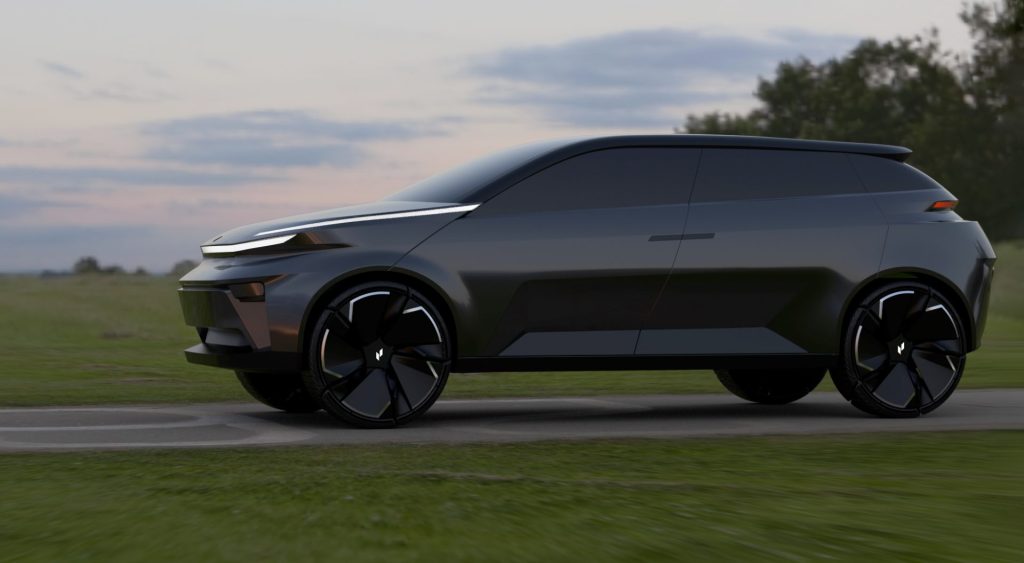What does it take to support a sustainable mobility contest run by the Automotive Parts Manufacturers’ Association (APMA)? Practical guidance. Industry insights. Product team expertise.
Cue the Autodesk Technology Centers.

This natural collaboration resulted from a conversation between Vanessa Sigurdson, Development Manager for the Technology Center and Jason MacFarlane, Head of Advanced Manufacturing for Venture Services at MaRS (Toronto, Ontario). Jason was connected to both APMA and Project Arrow and thought the Technology Centers could be an asset to the competition.
Knowing the value of joining the Technology Centers’ Outsight Network and being able to leverage the tech centers’ resources, Vanessa worked closely with APMA as they were developing the design competition idea and reviewing their short list of candidates. APMA liked the idea of access to additional design and technical expertise for the student teams. When the competition determined its three finalists, the Outsight Network became a crucial resource for the teams as they finalized their designs.
This was the biggest and most complex project these design students had ever undertaken. Brian Jeong, Shop Supervisor for the Technology Centers, acted as scrum master and helped the finalist teams navigate new software and technology, and stay on schedule. He held regular meetings to keep the group organized, to talk through what it takes to design a car–especially a sustainable mobility option, and to ensure they had the resources they needed to be successful.

Brian’s background in 3D metal additive, automotive engineering, and manufacturing offered a wealth of expertise and knowledge to the participants in this concept design competition. “I had ideas and could provide input on how to best design an electric vehicle,” Brian notes, But this was a challenge for me too, as I’m not as familiar with the Autodesk’s automotive software suite and was learning with them.”
To help bridge that gap, Brian liaised between the Autodesk automotive product teams and the Project Arrow finalists, organizing demos for additional software new to the teams such as VRED, Autodesk’s visualization software, Alias, and CreateVR. Product team specialists also freed up their time to have one-on-one calls with the teams.

Brian recalls the timeframe and remarks on the finalists’ drive and focus. “They were all on pretty tight deadlines, to design a concept vehicle within a two-month timeframe. It was a real challenge for them, especially while they’re in school.” Even with the technical and industry expertise that joining the Outsight Network offered, the competition was a lot. “I don’t know how they were able to accomplish what they did. Companies take years and years just to create a concept vehicle and these teams did this from start to end really quickly,” Brian observes.
That’s part of the magic of the Outsight Network, according to community manager, Ellen Hlozan. First piloted around seven years ago, the Technology Centers offers physical and digital spaces (think of them as “sandboxes”) where innovators from industry, academia, and start-ups can connect with one another and with Autodesk teams. This proximity means that Autodesk Research and product teams can experience how experts in the field work, and what insights they derive from their own making processes in real-time.

With an intentional focus on gaining insights from outside the company, the Technology Centers bring resident teams into the Outsight Network. Here they have access to technical expertise, digital tools, and physical spaces to make things, as well as connections with other innovators across industries and countries.
“Rather than seeking insights externally,” Ellen explains, “the Outsight Network brings insights and innovators into Autodesk.” The resident teams who participate in the network are exploring new solutions in the AEC, Manufacturing, and Media and Entertainment industries. Innovators from every continent (except Antarctica) come together “here” at the Technology Centers, to create a shared vision of the future of making.

“Here,” of course, is a virtual space since the global pandemic began. As Ellen explains, the Outsight Network is “able to offer access to a global network of innovators and the community at large, as well as people within Autodesk that are curious to engage with residents. There are online events, virtual training sessions, class talks, different leadership panels—all offer insight around innovation or feature the work of subject matter experts and design tools.”
The Technology Centers have fabrication workshops and studios in San Francisco, Boston, and Toronto, but since the pandemic started (even a little before then, Ellen notes) they began expanding their community beyond physical walls. The Outsight Network currently has teams from Australia, Singapore, Japan, Germany, across the UK, as well as a few teams in Ghana, a team in Brazil, and one in Iceland.

Many of these teams will never set foot in one of the physical locations but are still active participants in the Outsight Network. The Technology Centers have expanded the value of the residency beyond access to fabrication and validation tools. Virtual programming and support increase the possibilities for connection, creating new opportunities for teams to explore and finetune digital workflows.
How does the Outsight Network work? Ellen explains the three key roles within the Technology Centers: 1) the Development Managers, whose industry expertise and relationships help find interesting candidates and projects to bring into the program; 2) the Community Managers, like Ellen, who lead teams through their residency by identifying the best ways for teams to leverage the network; and 3) the Shop Supervisors like Brian, who offer their technical expertise to educate and support residents in executing their project.
Beyond training and tools, the Technology Centers provide opportunities for residents to capitalize on the global reach of the Outsight Network through things like non-technical, informational series with subject matter experts, or design crits for feedback from this diverse community.
Whether a team participates for two weeks or two years, the Technology Centers and the Outsight Network create a unique space to grow, evolve, and solve interesting problems, with the mutual benefit to Autodesk in supporting innovation and generating insights that can make the world a better place.
For Project Arrow, the winning EV design aims to do just that.

For more about the competition and the winning team, click here. For a deeper dive into sustainability and the future of automation with the APMA’s Colin Dhillon, click here.